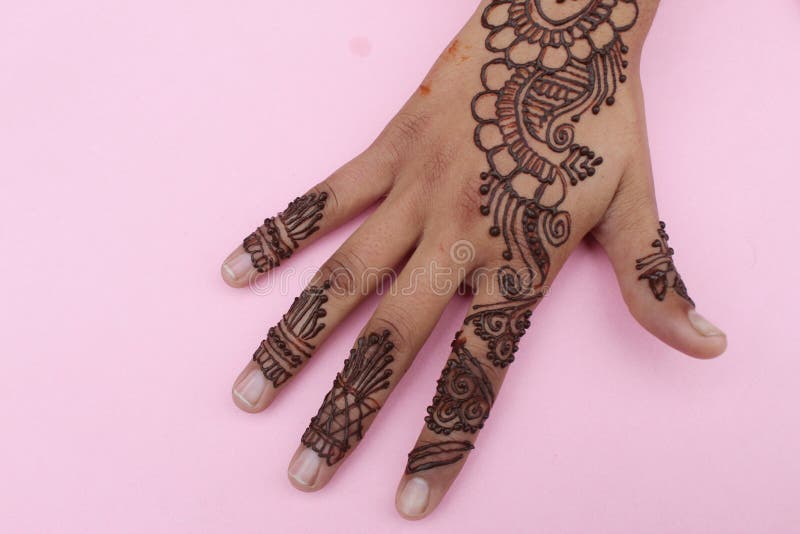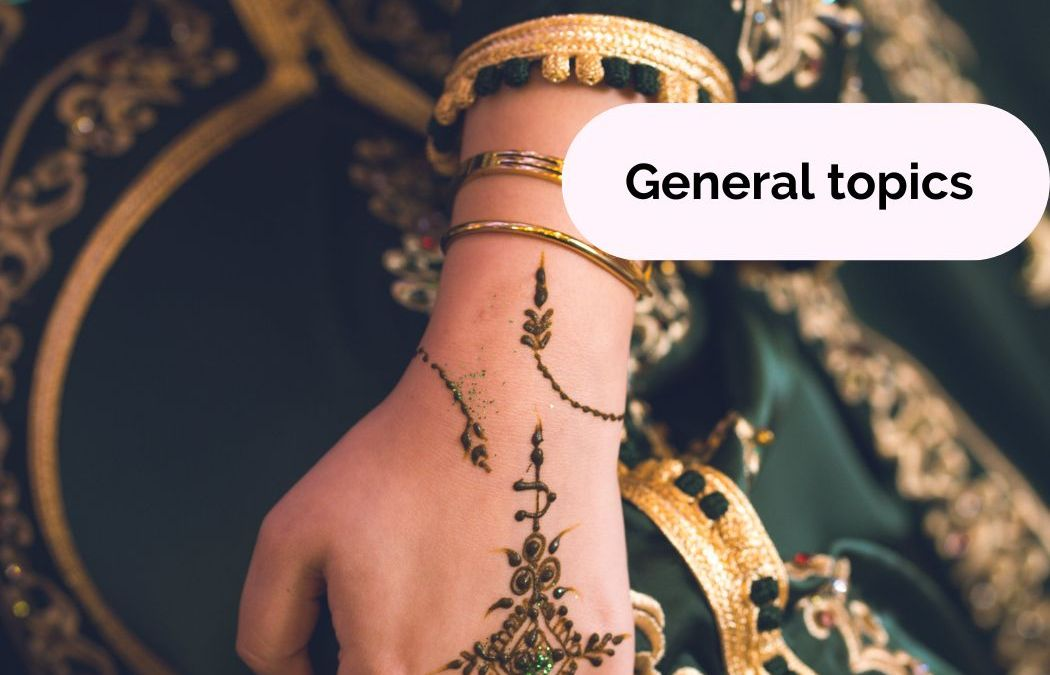- Published on
The Ancient Practice of Henna Ceremonies in Moroccan Weddings
- Authors

- Name
- Adil ABBADI
Introduction
In the vibrant tapestry of Moroccan weddings, the henna ceremony stands out as a cherished tradition, steeped in history and symbolism. This ancient practice has been an integral part of Moroccan weddings for centuries, serving as a powerful symbol of love, unity, and blessings. As we delve into the world of Moroccan henna ceremonies, we'll explore the cultural significance, traditional practices, and modern adaptations of this beloved custom.

- Cultural Context
- Traditional Significance
- Modern Relevance
- Cultural Preservation
- Conclusion
- Cultural Call-to-Action
Cultural Context
In Morocco, henna has been used for centuries as a natural dye, cosmetic, and medicinal agent. The henna plant, known as Lawsonia inermis, is native to the Mediterranean region and has been cultivated in Morocco since ancient times. The use of henna in wedding ceremonies dates back to the era of the Moors, when it was believed to possess mystical powers, warding off evil spirits and bringing good fortune to the newlyweds.
Traditional Significance
The henna ceremony, also known as "Leilat al-Henna" or "Night of the Henna," typically takes place the night before the wedding. The bride's hands and feet are adorned with intricate henna designs, often featuring traditional Moroccan motifs such as flowers, leaves, and geometric patterns. The henna paste is applied by a designated henna artist, who carefully crafts the designs to ensure their beauty and significance.

According to Moroccan tradition, the henna ceremony serves several purposes:
- To bring blessings and good fortune to the newlyweds
- To symbolize the couple's unity and love
- To ward off evil spirits and negativity
- To prepare the bride for her new role as a wife and future mother
Modern Relevance
While the traditional significance of henna ceremonies remains unchanged, modern adaptations have emerged to cater to the evolving tastes and preferences of Moroccan couples. Today, henna ceremonies are often combined with other pre-wedding celebrations, such as the "Hammam" (a traditional Moroccan bathhouse experience) or the "Zaffa" (a festive procession).
Moreover, modern Moroccan brides are experimenting with innovative henna designs, incorporating personal symbols and motifs that reflect their individuality and style. This fusion of tradition and modernity has given rise to a new wave of henna artists, who are pushing the boundaries of this ancient art form.
Cultural Preservation
Efforts to preserve and promote the tradition of henna ceremonies are underway in Morocco. The Moroccan Ministry of Culture has launched initiatives to support local henna artists and artisans, providing training and resources to ensure the continued transmission of this cultural heritage.
In addition, many Moroccan wedding planners and event organizers are working to promote the importance of henna ceremonies, educating couples about their cultural significance and encouraging them to incorporate this tradition into their wedding celebrations.

Conclusion
The ancient practice of henna ceremonies in Moroccan weddings is a testament to the country's rich cultural heritage. This timeless tradition continues to play a vital role in Moroccan weddings, symbolizing love, unity, and blessings. As we celebrate the beauty and significance of henna ceremonies, we are reminded of the importance of preserving and promoting our cultural traditions for future generations.
Cultural Call-to-Action
As you explore the enchanting world of Moroccan henna ceremonies, we invite you to delve deeper into the country's vibrant cultural landscape. Attend a traditional Moroccan wedding, learn about the art of henna application, or simply appreciate the beauty of this ancient tradition. By doing so, you'll not only gain a deeper understanding of Moroccan culture but also contribute to the preservation of this precious cultural heritage.
